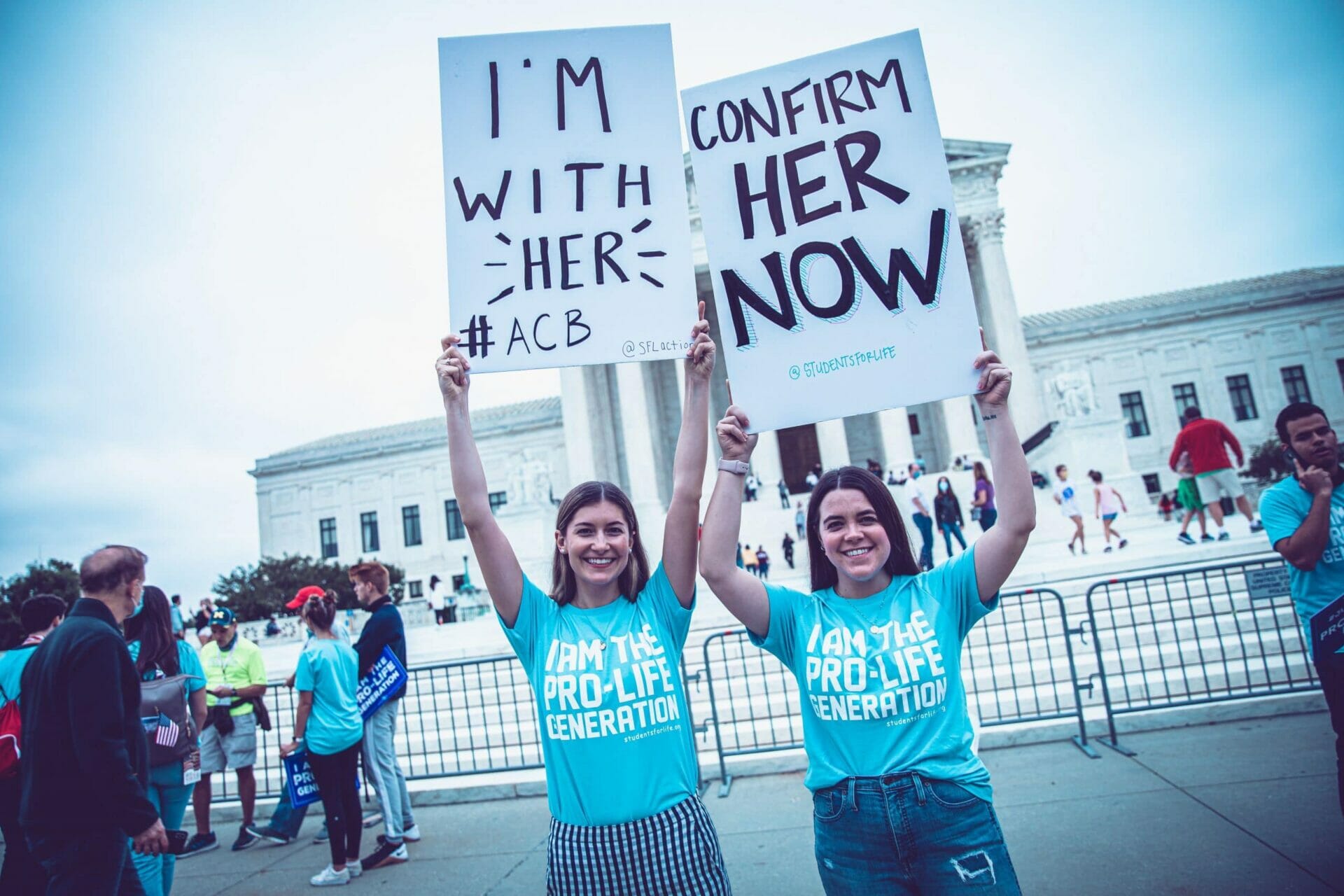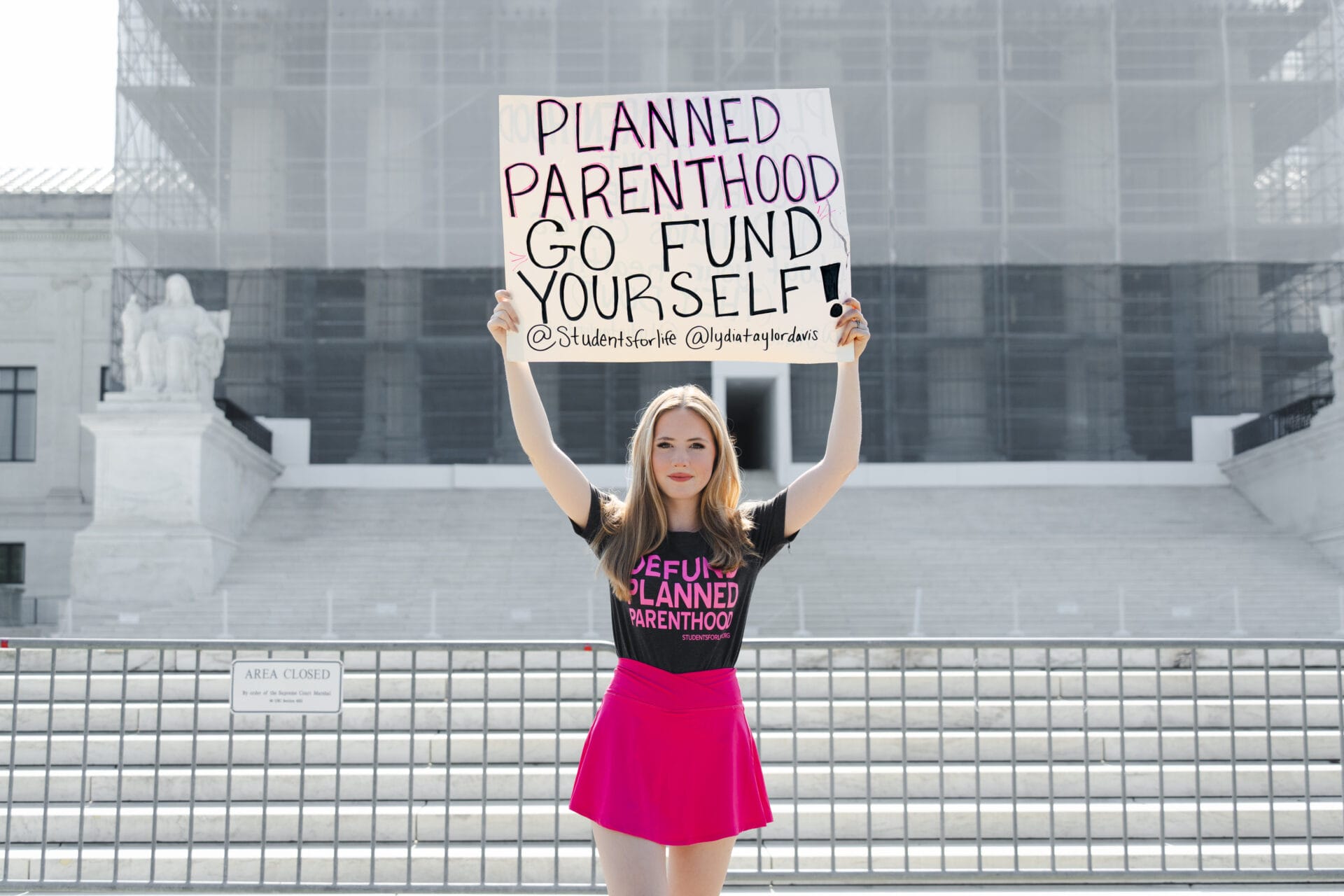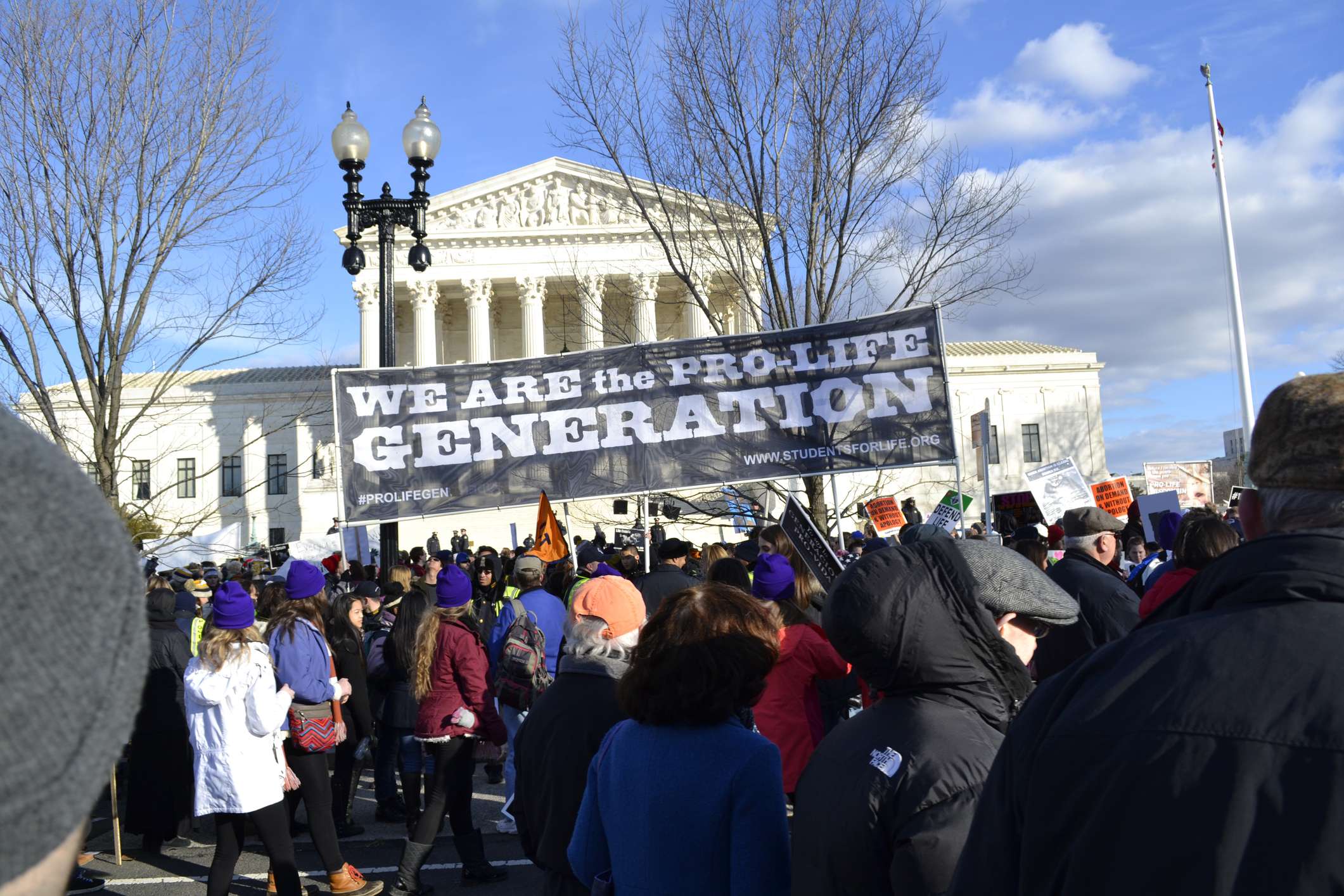
Unfortunately, Thursday’s presidential debate failed to mention the issue of court packing; the American people were once more denied full transparency when it comes to knowing just how much Joe Biden would transform the courts.
We’ve written plenty before about Democratic proposals to pack the Supreme Court, though, because there is plenty at stake. It doesn’t help that Joe Biden has been less than transparent when it comes to any plans potentially transforming a major branch of government. Thus, we’re left to speculate on what might just happen to our courts, including and especially if the Court hears a case which could overrule Roe v. Wade and Doe v. Bolton. Bloomberg explained some further alternatives, which sound no less terrifying with their potential impacts were generations to come.
Term Limits
Democrats in the U.S. House of Representatives have come up with legislation, even despite constitutionality concerns, since Supreme Court justices have lifetime tenure. Bloomberg notes “It’s also not entirely clear whether term limits themselves would be constitutional.” Democrats actually know the move wouldn’t be entirely constitutional; as Reuters reported, the legislation would address this by having justices serve for 18 years and then rotate in the lower courts.
Jurisdictional Stripping
This “drastic” and “controversial” proposal is “One of the most popular ideas” to “limit the power of the court to review laws.” It’s been “long debated whether such jurisdiction stripping would be constitutional.”
In this case, lawmakers actually pass legislation which “lies outside the bounds of Supreme Court review.” Bloomberg further explains that this proposal could be implemented so that lower courts are limited in reviewing legislation, or that any legal challenges would be confined to certain geographic regions.
If the Court has one job, it’s having the jurisdiction to interpret our laws according to the Constitution. If it can’t do what is literally its job to do, what is its point, other than to serve Democratic desires?
Supermajority Requirement
What Bloomberg describes as “certain high-profile cases” could require a supermajority, of two-thirds or unanimous vote.
This idea of such a supermajority is rich, considering it was Democrats who triggered the nuclear option so that supermajorities were no longer needed to confirm federal judicial nominees. There was thus nothing stopping Republicans from expanding it so that Supreme Court nominees didn’t need a supermajority to be confirmed.
Balanced Bench
This one is convoluted, so bear with us. In order to achieve this approach, the Court would have 10 justices, half chosen by Democrats and half by Republicans. These justices would have lifetime tenure, as they’re supposed to. Where it gets more complicated, though, is that these justices would pick five more justices, from the federal appeals courts, who would have one-year terms.
That’s a lot to unpack, isn’t it? For not only could such a proposal conflict with the lifetime appointments of Supreme Court justices, it could upset the judicial nomination process, which involves the president and the Senate.
This “variation on court packing that was first outlined in an influential paper by law professors Daniel Epps and Ganesh Sitaraman” was endorsed by Mayor Pete Buttigieg during his presidential campaign. At that point though, “critics called it overly complicated and argued that it would require a constitutional amendment.” You don’t say!
Lottery System
Epps and Sitaraman’s other proposal was endorsed by Senator Bernie Sanders. Bloomberg describes it as one which “calls for every judge on the federal appeals courts to also be appointed as an associate justice on the Supreme Court. Every two weeks, a panel of nine justices would be selected randomly from that pool to hear cases, with each panel limited to no more than five judges nominated by a president of the same political party.”
Yup, you read that correctly, every judge on the federal appeals courts would be an associate justice on the Supreme Court. “In theory,” Bloomberg writes, “the idea is simply a variation on court packing.” Somehow, the “some 180 judges” doesn’t sound too “simpl[e].” Elections ought to have consequences, but they don’t if the Court is limited on how many justices can be nominated by the same party.
An Overview
Any one of these proposals should concern all Americans, regardless of political party.
For as the Republicans expanded the nuclear option to include Supreme Court nominees, and as Bloomberg suggests they could when it comes to the jurisdictional stripping proposal, the Democrats could make such a move to exert such power when they’re in the majority, only for Republicans to do the same.
That political parties would be able to change the system = based on a whim, a political vendetta, or because they’re in power, is not how our government ought to work. When it comes to having control over the courts, political parties need to campaign and win based on this issue, because elections have consequences. President Donald Trump’s judicial nominees have been confirmed because in addition to him winning the 2016 election, Republicans maintained control in the Senate after the 2016 and 2018 elections.
Democrats throughout Judge Amy Coney Barrett’s confirmation process referred to it as “a sham,” “illegitimate,” “hypocritical,” and an “unseemly charade.” Some Democrats, including Biden surrogate and member of the Judiciary Senate Committee, Chris Coons, have even claimed it’s Republicans who are packing the court by filling vacancies. To quote The Princess Bride, “I do not think it means what you think it means,” when it comes to how Democrats are trying to dictate the conversation on the process.
Share this post
Recent Posts

National Celebrate Life Weekend Dominates D.C.: Just Look at the Coverage
01 Jul 2025
The Pro-Life Generation REACTS: “Big, Beautiful” Budget Bill Vote One Step Closer to Defunding Planned Parenthood & ALL Abortion Vendors
01 Jul 2025
News: FIVE Lawmakers Recognized for Defending Life
30 Jun 2025
